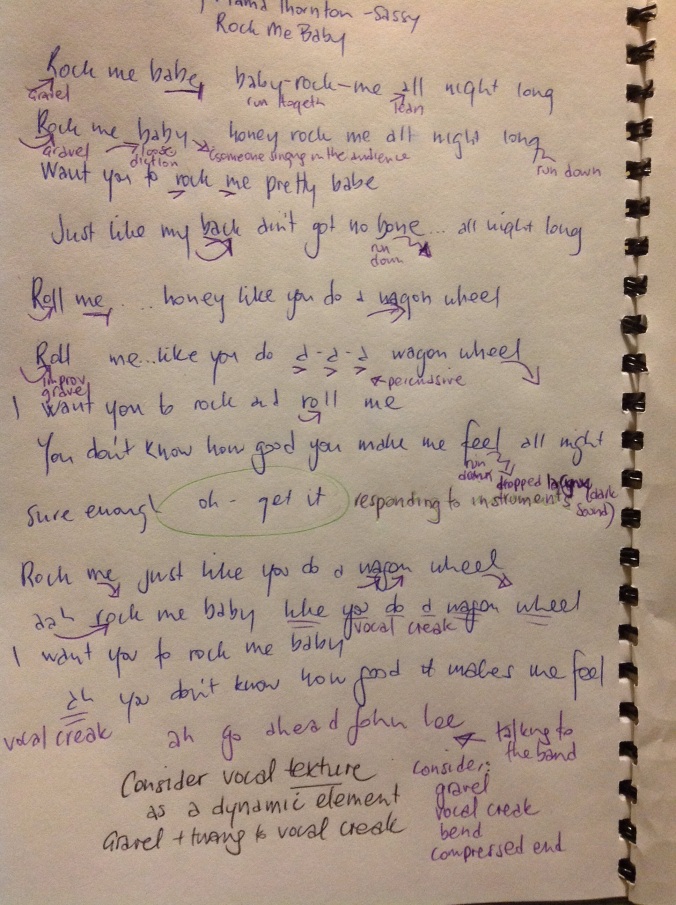Our first gig as a studio of singers is coming up on November 3 at the Dancing Dog, and everyone is excited/nervous about getting ready.
Here are a few tips for being ready for the day.
Learn the lyrics
Not rocket surgery, sure…but it is important to be clear on second and third verses, bridges, and the form of the song.
The form is about how many bars there are for the introduction, and each section.
Song Introductions- ‘Where’s Wally?’
It’s a great idea to plan how you will introduce your songs so that you’re not putting pressure on yourself to think of something in the moment of being onstage.
I think of it as the ‘Where’s Wally?’ of the song. If you can introduce your song with something your audience can listen out for, it gives them another reason to tune in. For example, if your song is a love song set in Footscray, you might introduce it with something like:
Everyone has a love song set somewhere romantic like Paris, or London. Here’s my song, in such a romantic location…
Hot tip: If you’re introducing a sad or serious song, create a receptive atmosphere by injecting some light humour.
Get a handle on your self-talk
Our brain can be very effective at protecting our sense of safety. Which means we can often discourage ourselves from doing something scary. This is great if you’re thinking about bungy-jumping without a rope, but not so good if it’s something that stretches and tests us, like singing.
Here are some strategies from Russ Harris’ the Happiness Trap website- I highly recommend his book ‘The Confidence Gap’ for singers. The Confidence Gap
There are plenty of free resources on his website:
Confidence and values
Imagine how you might act and feel if you were absolutely confident. There is a list on this pdf of the values you might be expressing.
In the lead up to this concert, a lot of singers have benefitted from identifying what thoughts and feelings they are willing to make room for in pursing their goal of performing. That’s meant that when those thoughts and feelings have turned up, the singer has been able to say ‘Oh, there’s the procrastination (or anxiety/self-doubt) I expected to come along.’
Last, but not least, practise how you will perform in the mirror
This does a few things.
It means that our outsides can match our insides, and we can check if our body is telling the story of the song, (or the story of how nervous we are!)
If we do this regularly, it means that we can get a consistent result, and be confident that we will deliver at least some of this performance when our adrenalin levels rise.
Once you’ve ‘controlled all the controllables’ the outcome should leave you in a space to enjoy the moment!
In the words of Helen Keller: ‘Life is either a daring adventure, or nothing.’
Break a leg 😉


